Growth in the reverse mortgage market has reached levels last seen before Australia bore the full brunt of the global financial crisis, according to a study by Deloitte.
In 2010, new reverse mortgage loans totalled $321 million, in line with an increase posted in 2008 and well above the $263 million worth of settlements in 2009, the Deloitte study showed.
The growth in new loans, or settlements, brought Australia's reverse mortgage market to $3 billion in funds outstanding as of 31 December 2010.
Deloitte Actuaries and Consultants partner James Hickey said the average loan size edged up to $72,500 from $70,000 a year earlier.
Hickey said the market for equity-release products, such as reverse mortgages, had yet to return to its 2006 and 2007 peak.
"Nevertheless, there remains a gradual recovery in growth, which is encouraging," he said.
The research was commissioned by industry group Senior Australians Equity Release Association (SEQUAL).
"When we initiated this study on behalf of SEQUAL in December 2005, the average loan size was $51,148," Hickey said.
The reverse mortgages industry faces barriers. Its target market is made up of people who take time to make weighty decisions. As a result, brokers and planners usually need to make up to five sales calls to seal the deal.
When they do, the transactions are relatively small compared to a full mortgage or retirement account. The smaller size means smaller remuneration, paid mainly in the form of an upfront commission, suggesting reverse mortgages may not be high on a sales person's product list.
Direct sales overtook brokers and planners as the most active channel for reverse mortgages.
In Australia, reverse mortgages make up 2 per cent of the mortgage market, well below the 5 per cent to 10 per cent in the United Kingdom.
SEQUAL chairman John Thomas said he never expected to see a boom in reverse mortgages.
"By nature, reverse mortgage borrowers move slowly and with consideration," Thomas said.





